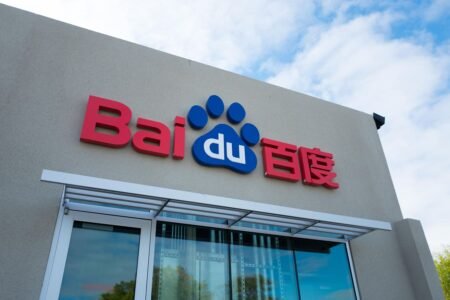Abbott stock (NYSE: ABT) has seen a significant decline, currently trading at $105 per share, 25% below its peak level of over $140 seen in December 2021. In comparison, its peer Boston Scientific stock (NYSE: BSX) has seen a nearly 90% rise over this period. Abbott saw its stock trading at around $109 in late June 2022, just before the Fed started increasing rates, and is now marginally below that level compared to the 45% gains for the S&P 500 during this period. This underperformance can partly be attributed to a fall in sales after a pickup during the pandemic phase. Returning to the pre-inflation shock level of $140 means that ABT stock will have to gain 35% from here, and this is expected to materialize over time.
The performance of ABT stock with respect to the index has been lackluster. Returns for the stock were 29% in 2021, -22% in 2022, and 0% in 2023. In comparison, returns for the S&P 500 have been 27% in 2021, -19% in 2022, and 24% in 2023 — indicating that ABT underperformed the S&P in 2022 and 2023. Given the current uncertain macroeconomic environment with high oil prices and elevated interest rates, there is speculation about whether ABT could face a similar situation as it did in 2022 and 2023, underperforming the S&P over the next 12 months, or if it will see a strong jump. From a valuation perspective, ABT stock looks like it has room for growth, estimated at $123 per share, reflecting over 15% upside from its current levels of $105.
The timeline of the inflation shock shows the challenging market conditions seen recently. From the increase in money supply to cushion the impact of lockdowns to high demand for goods, inflation rates have been on the rise since early 2021. With energy and food prices spiking due to geopolitical events, the Fed began its rate hike process in early 2022, leading to inflation levels peaking at 9% in June 2022. The uncertain macroeconomic environment has led to aggressive interest rate hikes by the Fed, impacting market sentiments.
During the 2007/2008 financial crisis, ABT stock rose from $26 in September 2007 to $28 in August 2008 before falling to around $22 in March 2009, losing nearly 20% of its pre-crisis value. It recovered post the crisis, rising to around $26 in early 2010. In contrast, the S&P 500 Index saw a decline of 51% and then rallied 48% between March 2009 and January 2010. Abbott’s fundamentals have been impacted by the Covid-19 outbreak, with revenues rising significantly due to high demand for testing but declining in 2023. Abbott’s total debt has decreased, while its cash position remains solid, indicating the company is in a comfortable position to meet its obligations.
With the Fed’s efforts to tame inflation rates and market sentiments improving, Abbott stock has the potential for more gains once fears of a potential recession are allayed. Abbott is expected to benefit from gains for its diabetes device, FreeStyle Libre, and the rise in overall procedure volume. While ABT stock looks poised for more gains, it is important to assess how Abbott’s peers perform on key metrics. Overall, Abbott is positioned for growth and success in the market.












